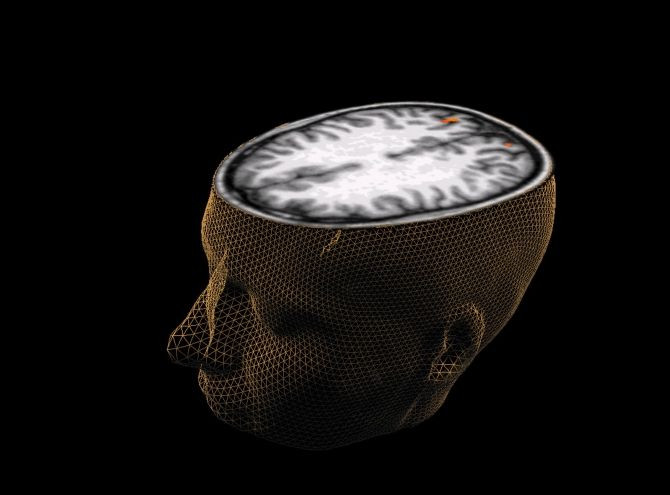Scientists are Reading Minds by Measuring Brain Activity

Mind reading may have long been the dwelling of novels and comic books, but now the technology may be upon us. Researchers at the University of Pennsylvania and Thomas Jefferson University have performed a study that allowed them to use brain recordings to predict what the subjects were thinking.
The study was performed on patients with epilepsy who were awaiting brain surgery. The participants had tiny electrodes implanted into their brains, and were instructed to look at fifteen different words. The participants were then asked to recite the fifteen words in the order that they remembered them.
Researchers were able to watch the different areas of the brain become activated as the subjects of the study looked at the words and committed them to memory. They were also able to see how subjects grouped the words together, like “goose” and “duck.” Scientists were then able to determine, in advance, which words the subjects would then say. Because the subjects were not speaking or gesturing, scientists could be sure that it was the internal thoughts that they were watching.
The research was led by Michael J. Kahana, a professor at the Department of Psychology of the University of Pennsylvania’s School of Arts and Sciences along with graduate student Jeremy R. Manning, who was a member of the Neuroscience Graduate Group in Penn’s Perelman School of Medicine at the time. They worked with other members of Professor Kahana’s laboratory, along with research faculty at Thomas Jefferson University Hospital.
Kahana described the image as a “neural fingerprint” that each brain makes, which can be used to analyze the way that the brain makes associations. He also said that spontaneous verbal recall is used uniquely in human beings, and on a near-constant basis, but it is not yet well-understood. Researchers hope that this study will help with the comprehension of the phenomenon.
The results of the study were published in the Memory.



























